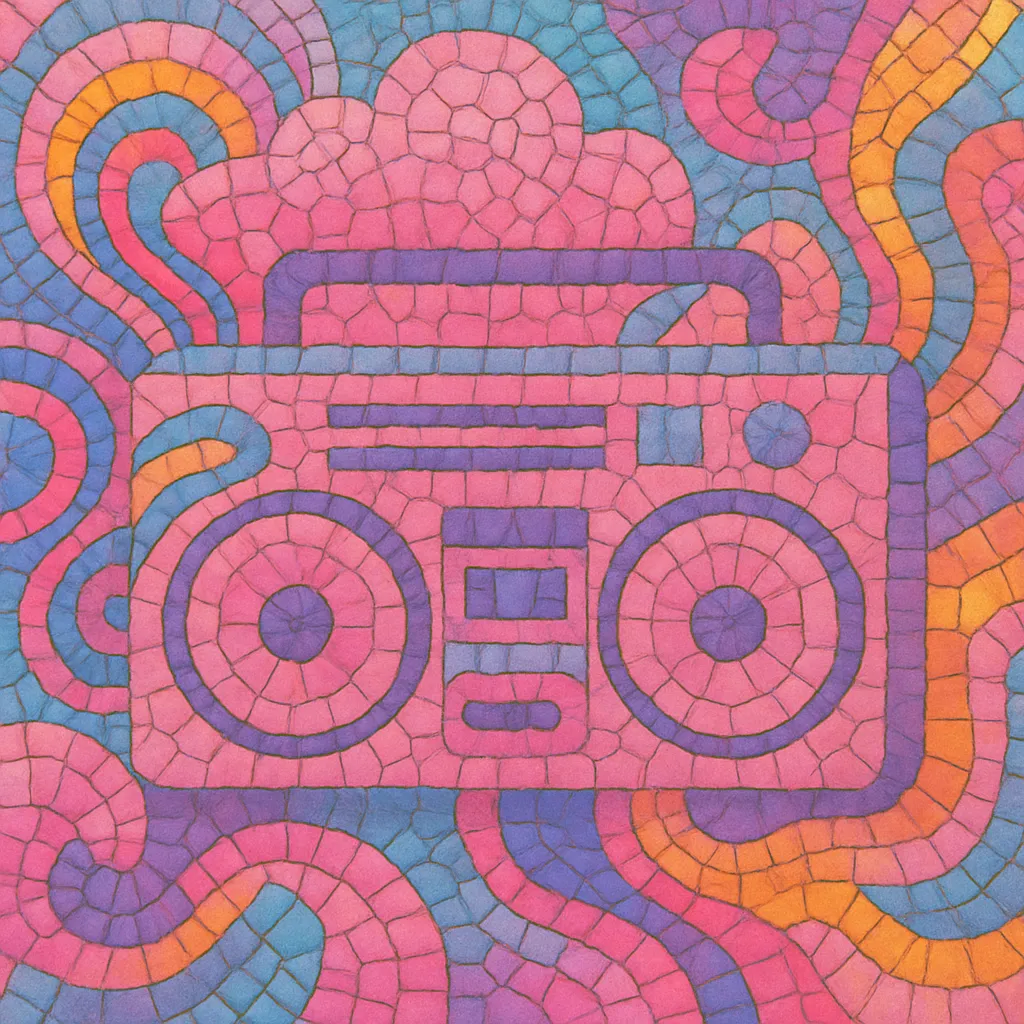
Bubblegum bass is a hyper-sweet, high-gloss strain of experimental pop that exaggerates mainstream chart tropes until they feel surreal. It blends candy-coated melodies, plastic synth timbres, and pitch-shifted vocals with club-ready drums and maximalist sound design.
Emerging around the London-based PC Music collective, the style often juxtaposes childlike hooks with abrasive textures, sudden drops, and tongue-in-cheek, consumerist imagery. The production is meticulous and synthetic—supersaws, metallic hits, hard sidechaining, and formant-shifted toplines—yet it retains an earworm pop sensibility.
The result is music that feels both satirical and sincere: an ecstatic, futuristic twist on electropop and dance-pop that helped set the stage for the wider hyperpop movement.
Bubblegum bass coalesced in the early 2010s within London’s PC Music orbit, spearheaded by producers like A. G. Cook and the late SOPHIE. Drawing from electropop, eurodance, happy hardcore, J-pop/K-pop sheen, and trance supersaw dramatics, these artists distilled mainstream pop’s gloss into something both exaggerated and avant-garde. Early releases by Hannah Diamond, GFOTY, and easyFun signposted the sound’s signature: saccharine hooks, hard sidechain pump, and radically processed, pitched-up vocals.
Between 2013 and 2016, PC Music singles, mixes, and showcases sparked critical fascination and debate about authenticity, irony, and commercialization. The QT project (SOPHIE with A. G. Cook) embodied the genre’s meta-pop ethos—merging a real energy drink brand concept with an ultra-synthetic anthem. SOPHIE’s Product-era tracks and Danny L Harle’s anthemic singles brought the style to wider festival and media audiences.
Collaborations with Charli XCX (notably Vroom Vroom and subsequent mixtapes) translated bubblegum bass aesthetics into mainstream-adjacent pop. The sound’s maximal hooks, glossy textures, and hyper-digital vocal treatments seeped into broader electronic and pop production, while artists like felicita and Namasenda expanded its emotional and textural palette.
By the late 2010s, bubblegum bass had laid crucial groundwork for hyperpop, influencing a wave of DIY digital scenes (often tagged digicore) and online-native microgenres. After SOPHIE’s passing in 2021, the sound’s impact remained palpable: its blend of sincerity and satire, extreme processing, and club-pop futurism continues to inform pop experimentalism and internet-born music cultures.

